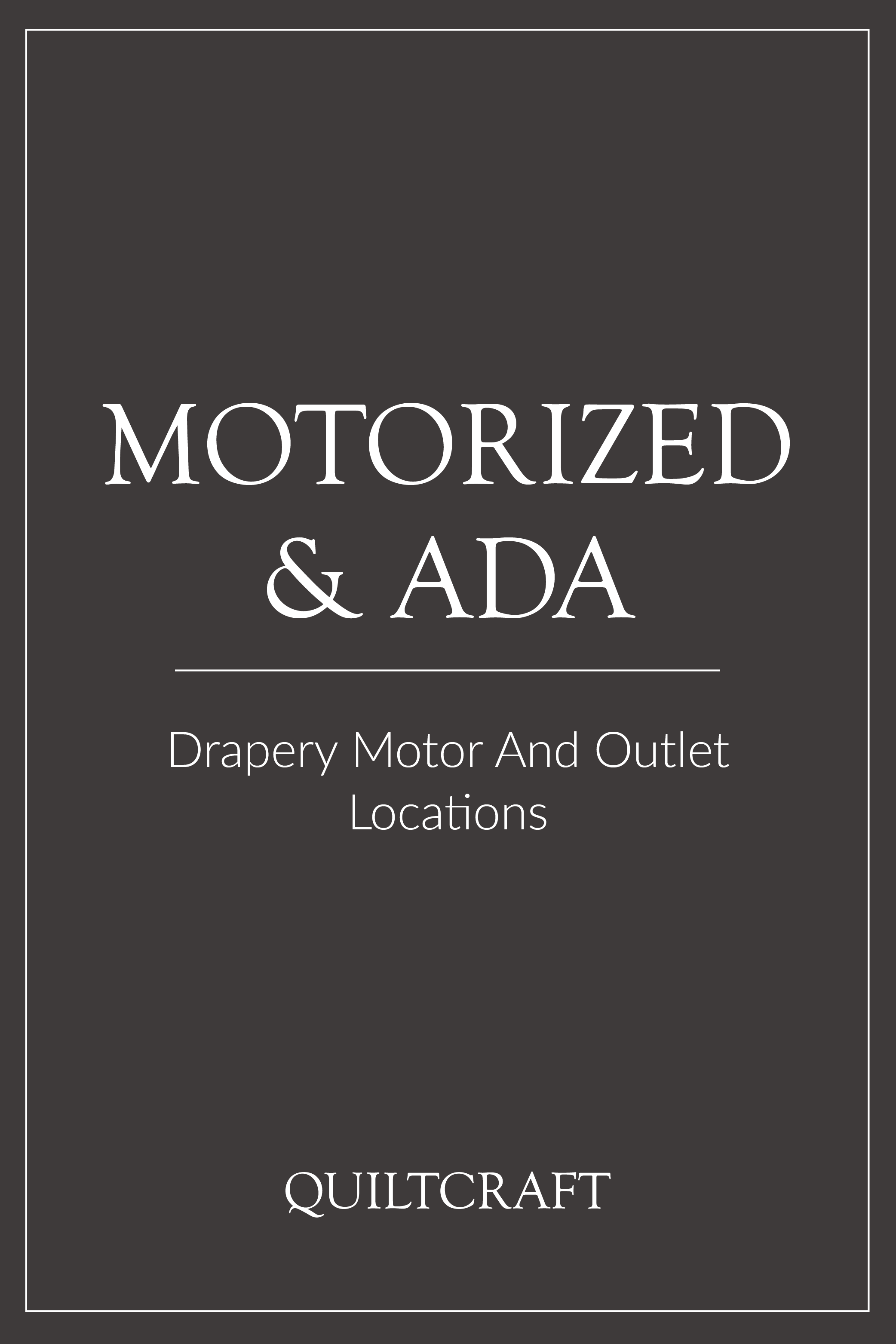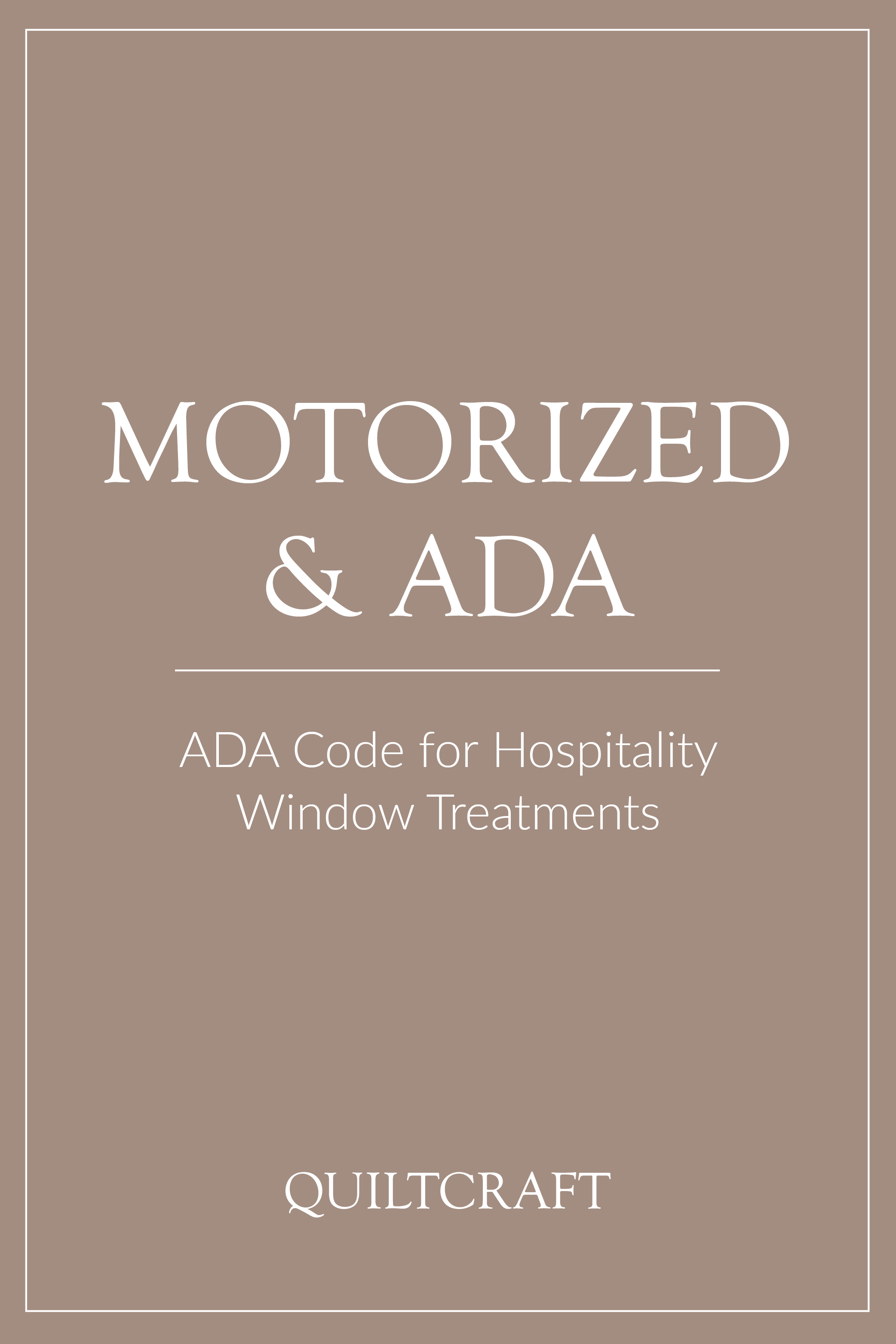How Do I Ensure My Hotel Design Meets Child Safety Specifications?
We all want to ensure that our hotels and properties are safe for all of our guests. The safest environment for our guests is the best environment and we will want to accomplish that each and every time.
That being said, our government has created a document of regulations to help set standards for hotels to follow. These standards allow for a consistent safety level to be set across states, brands and properties. The official document, the “Provisional American National Standard for Safety of Corded Window Covering Products” is quite complex, but as good as it is… it’s not the most riveting of literature, to be honest.
Therefore, we’ve written this post to boil down the main points that you should be aware of, reference the main document in case you have more clarifying questions, and finally clearly articulate to you that all standard manufacturers of corded window treatments are required by law to follow these regulations. Even though these products should always be to standard, it is important (especially as a hotel owner or procurement agent) that you know the standards as well. This will help you ask the right questions and ensure that each and every property you “touch” stays within these specifications.
By no means is this post an official document, rather a simple summary. To guarantee that you are following this to the letter of the law, please reference the actual document.
AC Hotel Pittsburgh, PA | Credit to Photofusion Media 2018
What the ‘Provisional American National Standard for Safety of Corded Window Covering Products’ covers?
Cellular Shades, Horizontal Blinds, Pleated Shades, Roll-Up Blinds, Roller Shades, Roman Shades, Traverse Rods & Vertical Blinds.
What is the goal of the document?
To provide requirements for the safe construction and usage of these treatments in regards specifically with the bead chain, cord or flexible loop used to control these treatments.
Thee Main Categories
There are three main categories of the document; exposed cords, accessible inner cords, and roman shade cords. Each of these three will be covered below. We will not cover any of the complex and detailed testing mechanisms covered in the documents appendices.
Exposed Cords: The first section, of actual regulations, speaks of exposed cords those outside the treatment that may be ‘easily’ accessible. We are offered 8 different options to rectify this. A treatment needs to only follow one.
None of the cords are accessible.
It has one or more separate operating cords.
A cord release device is present. A device that breaks apart when anything is caught in the lift mechanism, this should ‘break’ any continuous loop.
A cord retraction device is present. A device which winds the loose cord.
A cord shear device is present. A device that contains an internal cutting mechanism installed upon an exposed cord loop that cuts the loop into two pieces when something is caught within the loop.
A cord shroud device is present. A flexible ribbon or tape that holds exposed cords within itself.
A cord tension device is present. A device that keeps tension applied upon exposed loop.
If a cord connector (a device used to combine multiple cords into one single operating cord) is present then the exposed loop should be at maximum 3” below the headrail when the treatment is fully lowered.
Accessible Inner Cords: These type of cords are threaded thru parts of a blind, shade or roman and do not hang freely from a headrail. Usually these would be described as all cording that is not a part of the hand held control system. Four requirements exist of which each treatment must satisfy one.
No inner cords exist.
Inner cords are not accessible.
Accessible Inner Cords must adhere to 3 specific qualifications including a maximum pull force, a maximum cord loop (4” in diameter), and an inner cord stop.
Where an inner cord stop device exists, it shall be positioned at a maximum of 6 inches from the headrail when the treatment is fully lowered.
Roman Shade Cords: Roman Shades require additional standards to be met from the list above under ‘accessible inner cords’.
Cords should not be accessible.
If accessible than a cord release device should be installed that prevents any free standing loops.
If a cord release device is not in place then 3 separate criteria must be met; One the ring to ring spacing must be at maximum 8”, Two the cords on the side of the shade must be 2” or more away from the edge of the product, Three, the bottom hem bar must be heavy enough to drop down and keep a free standing loop from forming if the shade is released above the first ring.
You can find the full document with all specifications, technical jargon, and appendices that cover all of the tests which the above requirements are tested under, here.
We hope this post has been helpful in summarizing the important notes that reference hospitality window treatments.
Find Related Resources









